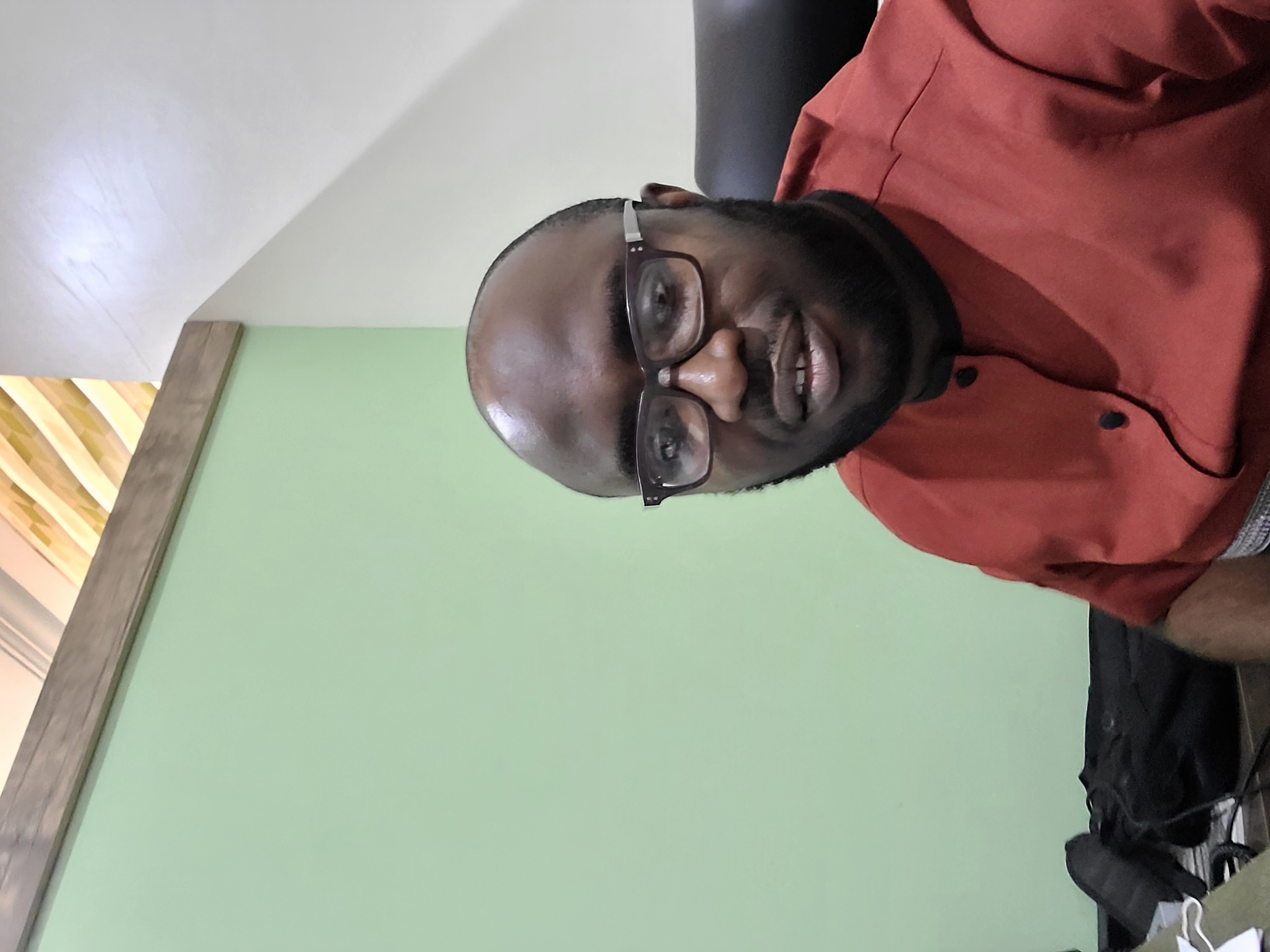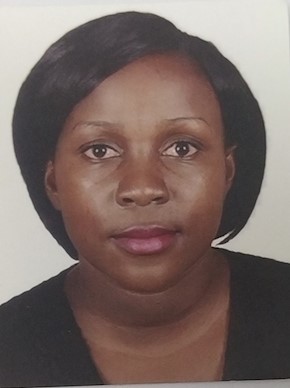

Dr
Joseph Matovu
Current Organisation
Busitema University
Current Job Title
Senior Lecturer
Biography
Publications
Background: Novel interventions are needed to reach young people and adult men with HIV services given the low HIV testing rates in these population sub-groups. We assessed the feasibility and acceptability of a peer-led oral HIV self-testing (HIVST) intervention in Kasensero, a hyperendemic fishing community (HIV prevalence: 37-41%) in Rakai, Uganda.
Methods: This study was conducted among young people (15-24 years) and adult men (25+ years) between May and August 2019. The study entailed distribution of HIVST kits by trained "peer-leaders," who were selected from existing social networks and trained in HIVST distribution processes. Peer-leaders received up to 10 kits to distribute to eligible social network members (i.e. aged 15-24 years if young people or 25+ years if adult man, not tested in the past 3 months, and HIV-negative or of unknown HIV status at enrolment). The intervention was evaluated against the feasibility benchmark of 70% of peer-leaders distributing up to 70% of the kits that they received; and the acceptability benchmark of >80% of the respondents self-testing for HIV.
Results: Of 298 enrolled into the study at baseline, 56.4% (n = 168) were young people (15-24 years) and 43.6% (n = 130) were adult males (25+ years). Peer-leaders received 298 kits and distributed 296 (99.3%) kits to their social network members. Of the 282 interviewed at follow-up, 98.2% (n = 277) reported that they used the HIVST kits. HIV prevalence was 7.4% (n = 21). Of the 57.1% (n = 12) first-time HIV-positives, 100% sought confirmatory HIV testing and nine of the ten (90%) respondents who were confirmed as HIV-positive were linked to HIV care within 1 week of HIV diagnosis.
Conclusion: Our findings show that a social network-based, peer-led HIVST intervention in a hyperendemic fishing community is highly feasible and acceptable, and achieves high linkage to HIV care among newly diagnosed HIV-positive individuals.
Project Title
Peer-led HIV self-testing to improve HIV testing and linkage to HIV care among men in two fishing communities in rural Uganda: a pilot intervention (PEST4MEN)
EDCTP Project
TMA2019CDF-2729
EDCTP Program
EDCTP2
EDCTP Project Call
Career Development Fellowship (CDF)
Host Organisation
| Department | Institution | Country |
|---|---|---|
| Department of Community and Public Health | Busitema University | UG |
Project Objectives
This project aimed to achieve the following objectives/aims: Primary aims • Compare approaches for peer-leader selection in two different fishing communities in order to identify suitable peer-leader selection approaches for typical fishing communities. • Assess uptake of HIV testing services associated with peer-led HIV self-testing among men living in two high HIV prevalence fishing communities • Assess the effects of a peer-led HIVST model in: (i) identifying previously undiagnosed HIV infections; (ii) improving linkage to appropriate HIV prevention, care and treatment services; and (iii) improving retention in HIV care among linked HIV-positive individuals Secondary aims • Determine if HIV-positive individuals will be willing to disclose their HIV status to their peer-leaders, and if disclosure to a peer-leader improves linkage to HIV care among HIV-positive men • Assess if peer-facilitated, mobile outreaches to the fishing communities can improve linkage to and retention in HIV care among HIV-positive men living in isolated fishing communities with limited access to HIV and other health services.
Study Design
This is a prospective cohort study that aims to effect of peer-led HIV self-testing on HIV testing uptake, linkage to and retention in HIV care using a mixed-methods approach
Project Summary
Across sub-Saharan Africa, efforts to reach men with HIV testing services and to link them to HIV care, if HIV-positive, have been hampered by men’s reluctance to utilize facility-based services. In this study, we are implementing a community-based, peer-led HIV self-testing (HIVST) model to assess uptake of HIV testing, as well as linkage to and retention in HIV care among men living in two fishing communities located in two high HIV prevalence island districts of Buvuma and Kalangala in Lake Victoria. The selection of two fishing communities will enable us to compare different approaches for peer-leader selection in order to identify which approaches serve best in a typical fishing community setting. The overall goal of the study is to assess the feasibility and acceptability of a peer-led HIV self-testing intervention in improving HIV testing uptake, linkage to and retention in HIV care among highly mobile men living in the selected fishing communities. The study received ethical approval on January 10, 2022 and was cleared by the Uganda National Council for Science and Technology on January 28th, 2022. Project implementation began towards the end of March 2022 with community-entry meetings conducted in each district to introduce the project to key stakeholders but also gain buy-in for the project. The meetings were successfully conducted and the project was deemed welcome to the fishing communities by the stakeholders in each district. Having gained buy-in from the stakeholders, we then conducted a formative study to document men’s perceptions about HIV self-testing in general and peer-led HIVST in particular and also identified existing social/occupational groups in each district. Our project uses a social group-based approach in which we identify men from each social group and train them as “peer-leaders” who can then distribute HIV self-test kits to members within their social groups. This is different from other community-based HIV self-test kits distribution approaches where a community distributor moves from house to house distributing HIV self-test kits to people in their respective households. In our case, a trained distributor, selected by social group members themselves in a community meeting, is given the responsibility to distribute kits to selected members within that social group. The selected distributor is then trained in how to do the HIV self-test kits distribution as well as answer questions from his social group regarding the HIV self-testing processes and the resultant outcomes. The principal reason behind this approach is that it is easier to reach men with HIV testing and other HIV services in social settings and groups, using fellow men, than wait for them at the health facilities. Project implementation ended on September 30, 2023.


